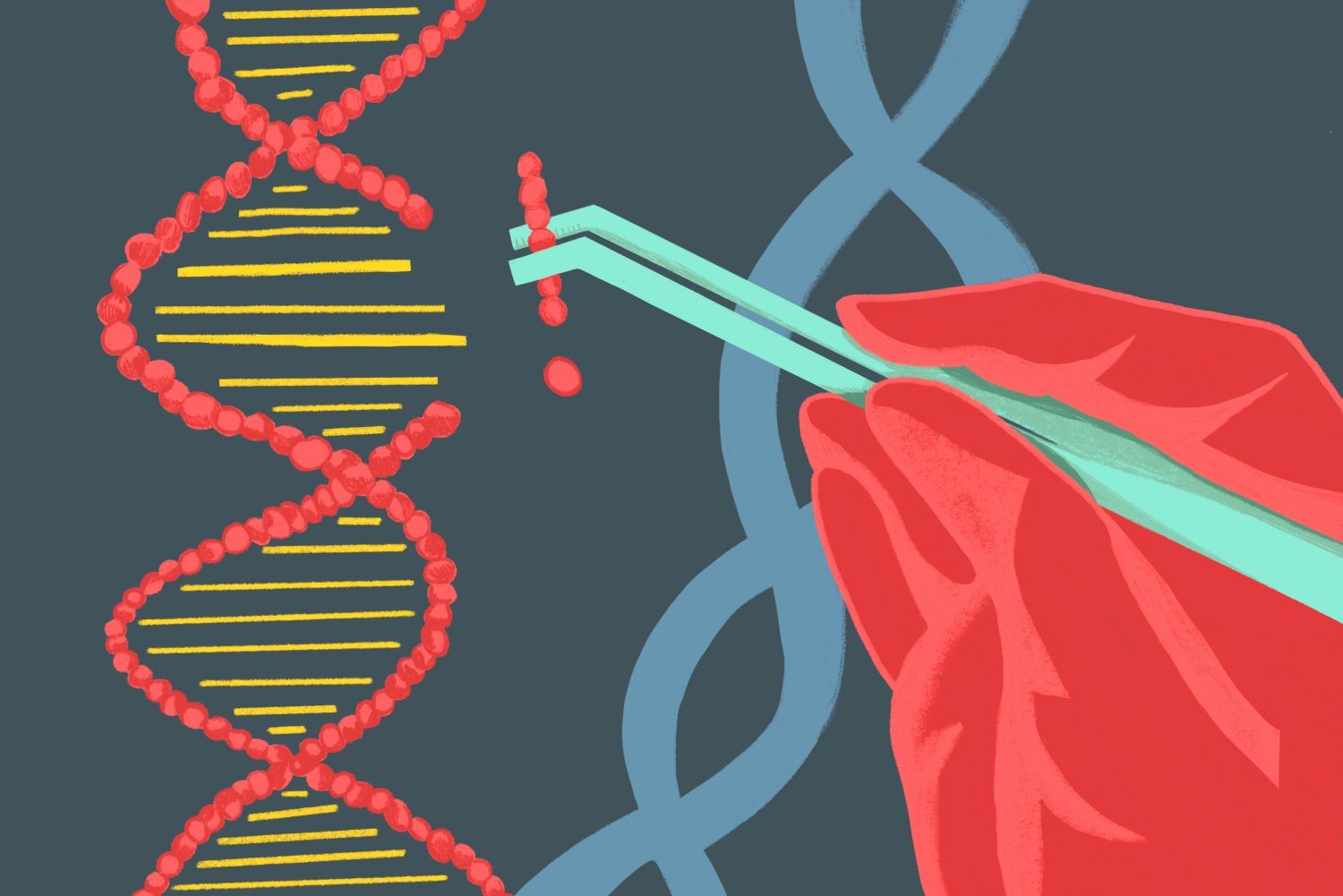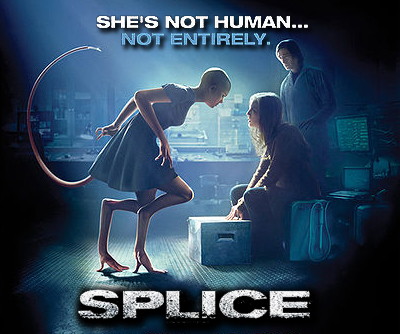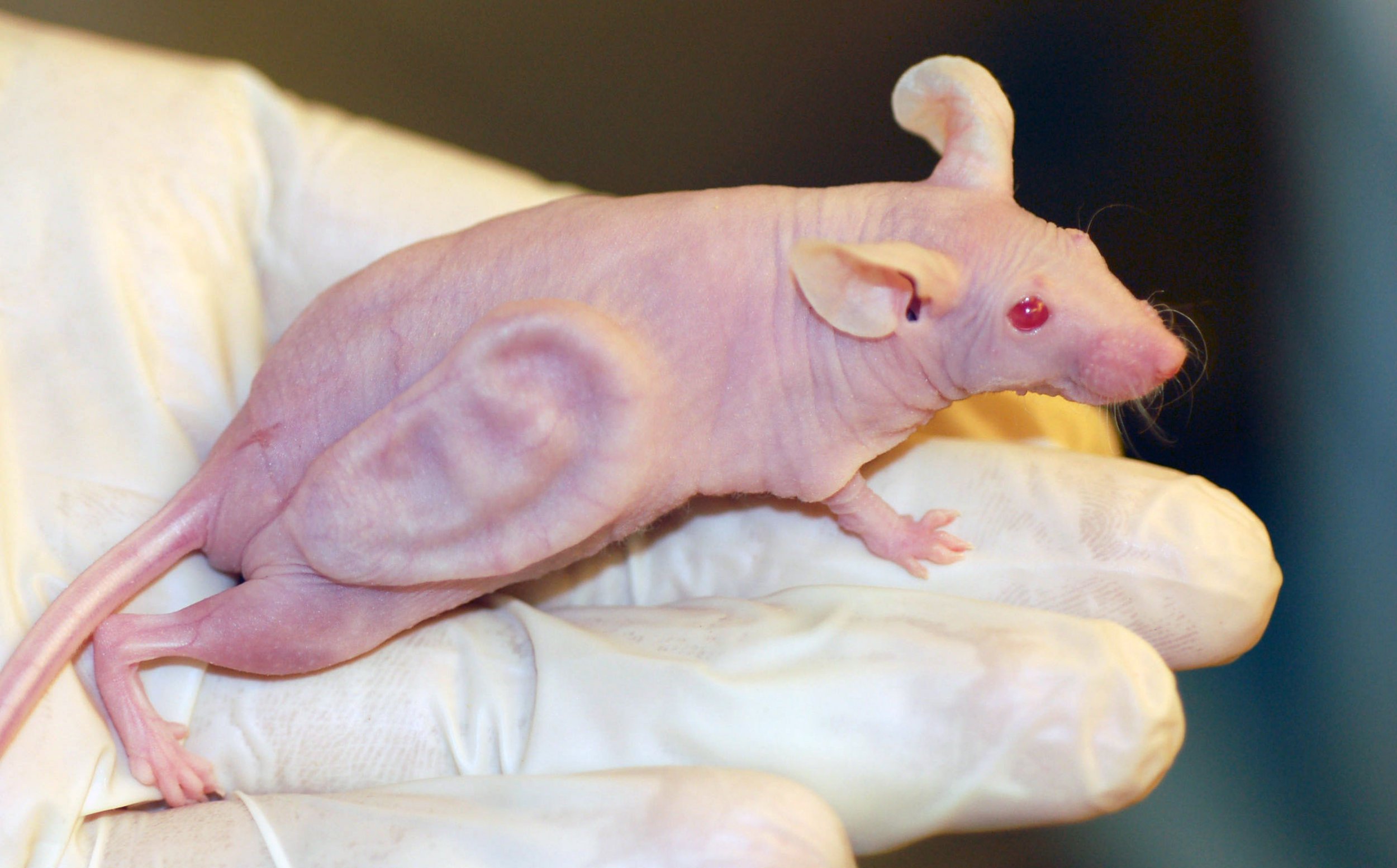Splice - Ethical concerns of using human genes while creating engineered species
IS CREATING A HYBRID WITH THE HUMAN GENES A WISE CHOICE? The blending of genes by modern science has the potential to create a paradox for humankind.
Published By Rukhsar Amir 30-09-2021
All the organisms on this planet are made from an
intricate mesh of uniquely organized genetic material. This organization is so
delicate that even a small change creates massive alterations in organisms. But
the unending quest of human beings to try something new and exciting always engages
them to play with the delicate system of genes which has both benefits and
drawbacks in itself.
The History of Gene Blending
 https://www.jic.ac.uk/app/uploads/2020/12/DNA-e1608025361854.jpg
https://www.jic.ac.uk/app/uploads/2020/12/DNA-e1608025361854.jpg
The intermixing of genes from different organisms is not a new concept. An enormous advance in GMO technology came in 1973 when Herbert Boyer and Stanley Cohen worked together to engineer the first successful genetically engineered (GE) organism which was a bacterium resistant to the antibiotic kanamycin. The two scientists developed a method to very specifically cut out a gene from one organism and paste it into another. With this, scientists have been keen to produce genetically modified organisms to mix desirable genes to give rise to better and healthier organisms. The history of genetic engineering has been rich because human beings have given rise to many desirable organisms like insect-resistant crops, more milk-producing cows, more juicy fruits etc. (Rangel, 2015).
But is it mindful to use human genes to create a genetically modified organism?
Human beings have gained much experience in dealing
with genetic modifications. But there hasn’t been any experiment so far where a
human gene itself is mixed with a foreign gene. Through the CRISPR technique
gene cutting and attaching new segments to genes has been much easier. But what
possible flaws can arise by using human genes for this purpose? Well, this is a
pretty tricky question because the answer needs to be based on predictions. The
2009 science fiction movie does give us some clues by presenting the revolutionary
scientific procedure of mixing genes from multiple organisms and creating a hybrid.
But using a human gene for this purpose can have many ethical concerns for
instance it can give rise to a new species with undesirable and possibly
uncontrollable traits that can endanger the existing species. Human psychology
is much difficult to understand. There can be many issues with creating a new
organism with human genes since the emotional and psychological preferences might
create chaos. Human emotions are far complex to deal with. Imagine how hard it
is to handle a crying baby even when babies do not have that power to overcome
us. We can cradle the baby or do other things. But if the same baby has some
more extra abilities maybe like venom or the ability to fly, then think about
the problems that can arise. The same happened with Dren when despite all the
nurturing her complex psychology due to human genes could not be limited. Since
she had some extra powers due to genetic engineering likeability to fly and
more power, so it became far more uncontrollable. So, the use of human genes to
create new species can present the human species with a bigger challenge to
deal with and it can cause existential problems.
Also, the concerns of using human genes for cloning
can apply here. So far human beings have not been cloned and among the many
reasons one comes out to be the birth of new diseases that might also cause
survival issues for human beings (Ayala, 2015). Going to an opinionated response,
one ethical drawback to using human genes for cloning can be that it will
severely affect the uniqueness of the human species. Imagine what has happened
to our all crops that have been replaced by GMO’s. The GMO’s have been much
more efficient in their survival and are more valued. So if we are giving rise
to a new species with human genes along with the desirable traits from other
organisms, who do you think is going to succeed in the next war of survival?
The purpose of scientific breakthroughs is to create a better world for the existing organisms on the planet. It shouldn’t turn out to be itself posing threat to the survival of the existing species. So, using human genes for genetic engineering can be a threat to nature due to the advanced features of human beings. Better the scientists keep the experiments to the point that they can control them.
The inspiration behind Splice- the interesting case of a mouse with a human ear!
COURTESY OF THE LABORATORY FOR TISSUE ENGINEERING AND
ORGAN FABRICATION, MASSACHUSETTS GENERAL HOSPITAL, BOSTON, MA, USA, DR. JOSEPH
P. VACANTI, DIRECTOR
No matter how much science succeeds in getting it
through, it is a tricky road to go when it comes to using human genes for
genetic modifications. Disturbing the normal genome pattern is an action
against the balance of nature.
References:
Karl. (2006, June 2). Mouse
with human ear [web log]. Retrieved November 29, 2021, from
https://www.abc.net.au/science/articles/2006/06/02/1644154.htm.
WILHELMI, J. A. C. K.
(2020, June 28). [web log]. Retrieved November 28, 2021, from https://screenrant.com/spice-movie-real-inspiration-explained/.
Rangel, G. (2015, August).
From Corgis to Corn: A Brief Look at the Long History of GMO Technology [web
log]. Retrieved November 29, 2021, from
https://sitn.hms.harvard.edu/flash/2015/from-corgis-to-corn-a-brief-look-at-the-long-history-of-gmo-technology/.
Ayala, F. J. (2015). Cloning humans? biological, ethical,
and social considerations. Proceedings of the National Academy of Sciences,
112(29), 8879–8886. https://doi.org/10.1073/pnas.1501798112
Are GMO's good or bad? Genetic Engineering & Our Food -
YouTube. (n.d.). Retrieved November 30,
2021, from https://www.youtube.com/watch?v=7TmcXYp8xu4.
Bioethics | Biotechnology | Transgenic organisms - youtube. (n.d.). Retrieved November 30, 2021, from
https://www.youtube.com/watch?v=6-YI7nG0CVc.




Comments
Post a Comment